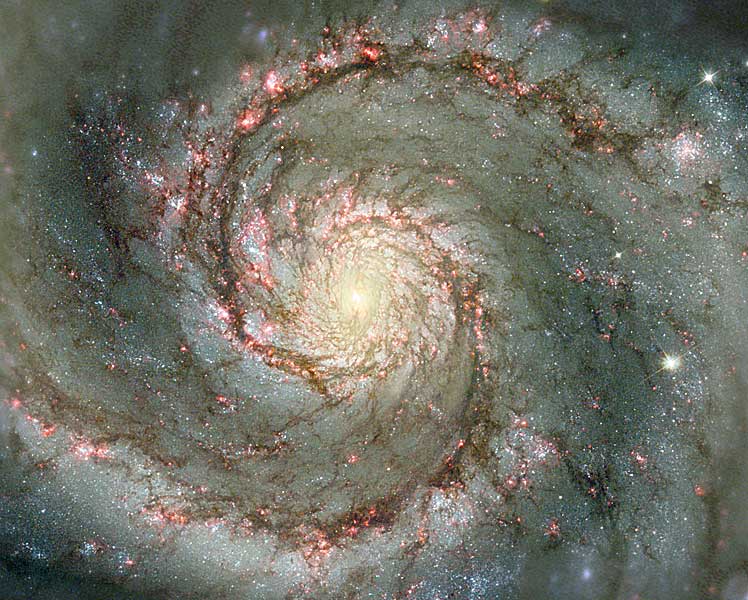Non-Linear Effects in Weak Gravitation

In gravitationally bound systems (such as the Solar System or galaxies) dynamics usually are calculated using Newtonian approximation unless the gravitational forces are strong. But in certain cases this might lead to wrong results.
Despite the substantial progress in experimental cosmology within the recent years (such as new data from WMAP, advances in weak gravitational lensing etc.) the dynamics of the Universe are not well understood. According to our present data we expect 73% of the energy density to be dark energy, 23% dark matter and only the rest normal (baryonic) matter. The nature of dark energy and dark matter is unknown, though there exist several candidates for both of them. Although no major influence of the dynamics at cosmological scales on the local dynamics (e.g. the Solar system) have to be expected (see e.g. refs. [3,4]), our understanding of gravitational dynamics on a larger scale should be assessed with respect to possible relevance for the local dynamics. On the one hand this includes the study of the influence of global effects (such as the cosmological expansion) on the local dynamics, on the other hand the issue to identify smaller (perhaps even artificial) systems where effects inferred from larger scales could be seen.
The Ariadna Project
The ACT investigated, in collaboration with the Vienna University of Technology, such questions for one particular aspect, classical non-perturbative effects as they can appear in complex, gravitationally bound systems.